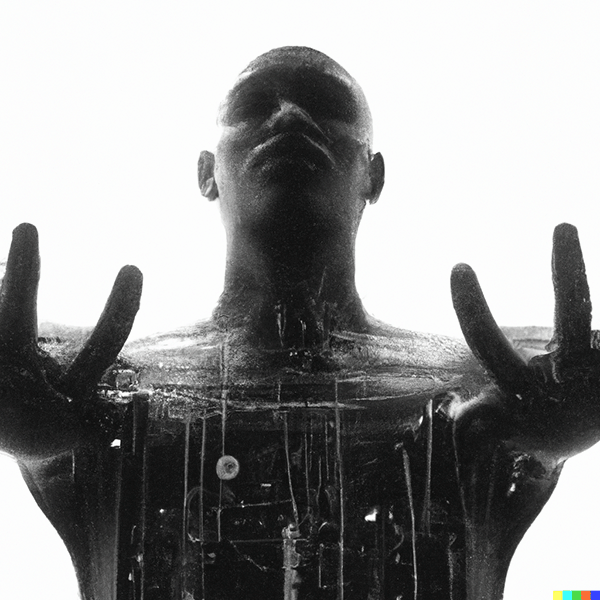Artificial Intelligence, or AI, refers to the simulation of human intelligence processes by machines, especially computer systems. These processes include learning, reasoning, problem-solving, perception, and language understanding. AI is designed to allow machines to act with levels of autonomy, potentially offering substantial productivity benefits and insights across various fields, including finance, healthcare, education, and many more.
One common application of AI is in the creation of chatbots. A chatbot is a software designed to simulate conversation with human users, especially over the internet. Chatbots are typically used to handle straightforward tasks, but recent advancements in AI have allowed them to become much more versatile.
OpenAI’s Generative Pretrained Transformer (GPT) is a prime example of such advancements. The GPT series, as of this writing, has reached its fourth iteration, known as GPT-4. This AI model has been trained on diverse internet text, enabling it to generate human-like text that can provide detailed responses to prompts, draft full articles, and simulate detailed conversations.
GPT-4, like its predecessors, is a language prediction model. Given an input (or ‘prompt’), it can predict and generate a sequence of words or sentences that would logically follow. This ability to create coherent and contextually relevant sentences makes it ideal for tasks such as translation, question answering, and even creative writing.
Impaxys.com uses the ChatGPT model to provide efficient, prompt, and articulate responses to user queries 24/7, helping streamline the customer support process, offer quick assistance, and enhance the overall user experience. But it’s not just limited to customer support. The possible applications of ChatGPT on impaxys.com range from content generation to assisting with technical problems and much more.
While the sophistication of GPT models has led to impressive results, it’s important to note that they have limitations. They generate responses based on patterns learned during training and do not understand the world or possess consciousness. Their knowledge is also capped at the time of their last training update (for GPT-4, this is September 2021), so they may not provide information about events or advancements occurring after that time.
In conclusion, AI and chatbots like GPT offer remarkable potential in various aspects of business and daily life. With continual advancements, their capabilities and applications are only set to expand, leading us towards a future where AI seamlessly integrates into our everyday activities.


